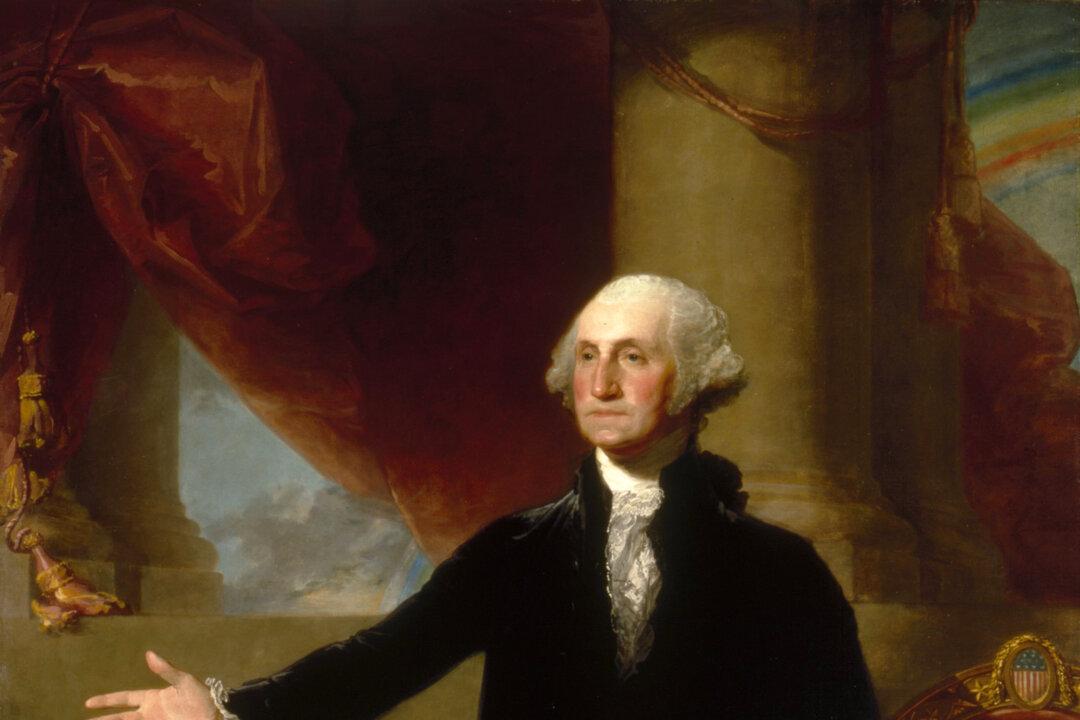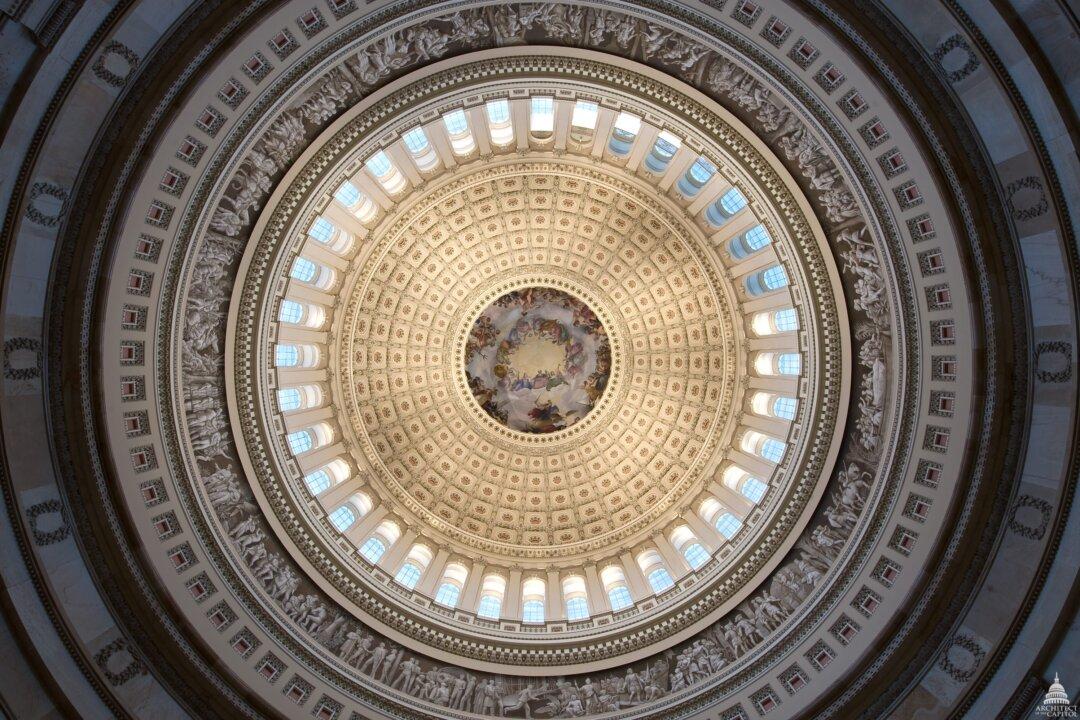The tradition of presidential portraits is as old as the office of the American presidency itself. Beginning with Gilbert Stuart’s 1796 portrait of George Washington, every president has been the subject of an official portrait. An oil painting on canvas is most frequently commissioned, but the advent of photography has opened up new portrait possibilities as well. Historically, portraits were a key way for presidents to communicate and record their likenesses; most citizens would otherwise have no way to see their president. Franklin Delano Roosevelt was the first president to appear on television in 1939, and Harry S. Truman delivered the first televised presidential address, from the White House, in 1947. Portraits serve a greater purpose than revealing a president’s appearance to a curious public. These artworks—historical documents in their own right—convey presidents’ personalities, sensibilities, values, and what kind of legacy they would like to leave.
Stuart’s portrait of our nation’s first president is rich with symbolism. “The Lansdowne Portrait” draws on visual motifs from the ancient Roman Republic in addition to emerging American motifs. Commemorating leaders through portraiture was one of the many traditions that Americans adapted from European precedents. Stuart carefully depicted Washington as a democratic leader rather than a king or military ruler, which set the standard for portraying the president as a person of the American people.





